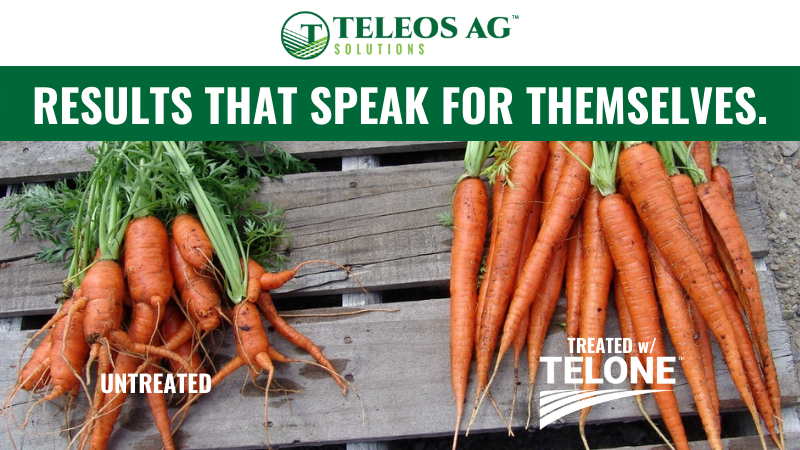Strawberries May Be An Alternative Crop For Northern New Mexico
Late freezes in Northern New Mexico impact fruit tree crops regularly. Shengrui Yao, Cooperative Extension Service fruit specialist and researcher stationed at New Mexico State University (NMSU) Sustainable Agriculture Science Center at Alcalde, is studying strawberries to see if they could be a cash crop for the growers.
“Originally, I thought strawberries would be a wonderful crop because most of the time, late frosts won’t kill all of the flowers or buds in a cluster, so growers would always have some form of a crop,” Yao said.
Yao decided to conduct variety trails to see if strawberries could survive the late freeze issue and to determine which variety would adapt to the high pH soil and produce the best yield for the Northern New Mexico region. With support from a USDA Specialty Crop Block Grant and the Agricultural Development and Promotion Fund from the New Mexico Department of Agriculture, she began the study in 2011.
“One reason we do a study over several years is to evaluate the crop in the different weather conditions that may occur,” she said. “While our early buds were lost to the freeze this year, we will continue to see what type of yield does occur to let growers know what might be the results of a worst-case situation.”
During the first year of the study in 2011, 16 varieties were planted and established in two treatments — plastic-covered system and natural beds-matted row system. The black plastic cover is used to suppress the weeds around the plants. The matted row system needs to be weeded several times during the first year after planting.
Yao wants to conduct the study for several years to obtain yield information from the various seasonal conditions and observe possible problems associated with each planting system.
After two years, the three most productive cultivars were Mesabi, Cavendish, and Kent, while the three least productive ones were Earliglow, Wendy, and Chandler.
“Cultivar recommendation should not be based on one characteristic, but all in general,” she said. “I would prefer to have another good harvest and then make cultivar recommendations.”
Click here to read the full article from New Mexico State University.









